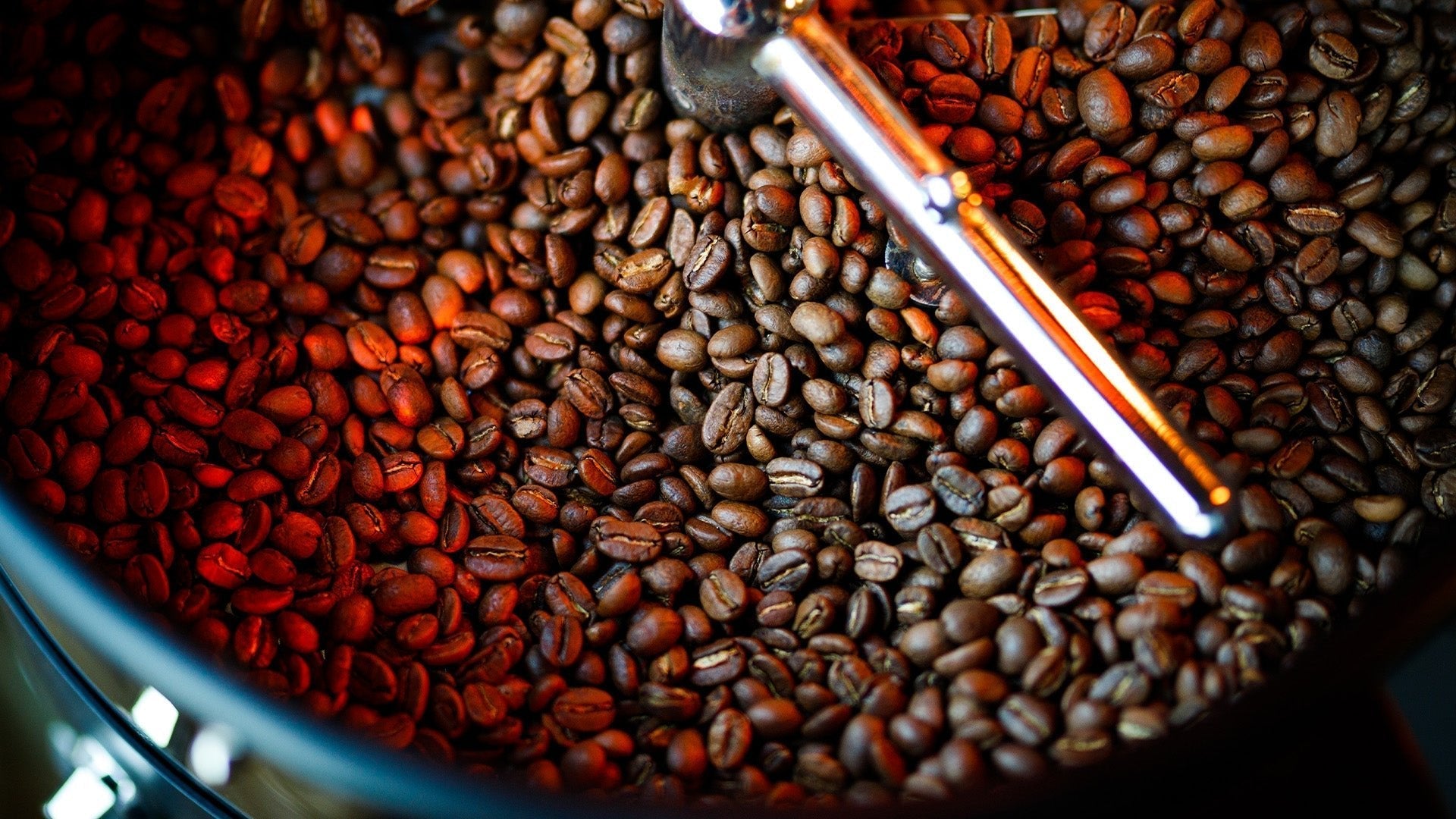Coffee roasting: the process behind every cup
Have you ever wondered what happens to coffee beans before they reach your cup? Well, coffee roasting is what transforms those almost flavorless beans into the coffee we all love. Roasting is like that spark that makes everything make sense: aroma, flavor, body… it all depends on this process. Ready to find out how roasting is key to a good cup?
The importance of coffee roasting
Do you know why a coffee can have notes of chocolate, caramel or nuts? It's all due to roasting, which is the art of elevating the natural flavors of coffee. During this coffee process , the beans go from being hard and flavorless to becoming the aromatic coffee we know. This is where the flavor profile, body and aroma of the coffee develop.
From the first crack of the bean to the last minute of exposure to heat, every step influences the final result of your favorite drink. Therefore, roasting is essential to determine how you enjoy each cup. Moreover, depending on its intensity, it can bring out different flavors and aromas.
The stages of the coffee roasting process
Before you can enjoy a cup of coffee, the beans on the coffee plantation go through several key stages during roasting. Below, we explain each phase that defines its flavor, aroma, and body.
Drying phase
The process begins with the drying phase, where the beans lose the moisture they contain. In this initial stage, the beans, which arrive with a water content of between 8% and 12%, are gradually heated to prepare them for the actual roasting. This step is crucial, as insufficient drying causes uneven roasting, which affects the final flavour of the coffee. The aim is to stabilise the beans without altering their internal properties.
First crack in the coffee roast
The first crack is a key moment in the roasting process. Here, the beans reach a temperature of approximately 196 °C, which causes an expansion and the rupture of their cellular structure. This phenomenon has a sound similar to popping popcorn, which indicates that the development of the coffee has begun. At this stage, the sugars in the bean begin to caramelize and the first aromas of the coffee become more evident.
Flavor development
Once the first crack occurs, the flavor development phase begins. Here, the roaster adjusts time and temperature to bring out the desired notes. It is at this stage that the coffee takes on its final flavor profile . A longer roasting time accentuates darker notes, such as chocolate or caramel. A shorter development time, on the other hand, brings out brighter, fruitier flavors.
Second crack (if continued)
For those who prefer a darker roast, the second crack is an optional step. It occurs when the beans reach temperatures above 224°C. Here, the oils from the bean begin to appear on the surface and the flavors become more intense and roasty. It is important to be careful at this stage, as excessive time can result in the coffee tasting burnt or bitter.
Different ways to roast coffee
There are a number of different ways to roast coffee, and each method offers a unique result. From large industrial roasters to more artisanal methods such as using wood, each technique has its own advantages.
Industrial roasting
Industrial roasters use large machines that allow for precise control of the temperature and roasting time of the coffee. This method is ideal for producing large volumes of coffee efficiently. It also ensures consistency in each batch, which is essential for large brands that need to offer a uniform product.
Coffee roasting : home roasting
For coffee aficionados, there are home methods that allow for roasting small quantities. Using utensils such as frying pans or small manual roasters, enthusiasts can experiment with different times and temperatures to discover their preferred roast. Although this method is less precise than the industrial method, it offers the possibility of completely customizing the flavor. In other words, with this method, you can prepare your coffee just the way you like it.
Roasted on wood
Wood roasting is one of the most traditional and special ways of roasting coffee, but not all wood works the same. At HUUPA we are passionate about this art and we do not say this lightly. We use mesquite wood, a wood that offers high calorific value and allows for a constant, uniform and controlled roast.
Unlike other woods, mesquite does not affect the flavor of the bean and ensures that it reaches its full potential without the risk of burning. This way, it does not add a touch that could alter the natural flavor profile of the coffee. Therefore, when we roast with mesquite firewood, we ensure that the coffee preserves its essential characteristics while achieving a perfect roast and a superior level of flavor.
The importance of roasting in the coffee process
Coffee roasting is a vital step in the transformation of the bean. It is an art that determines the final taste of the beverage. From the roasting process to the last sip, every moment directly affects your coffee experience. At HUUPA, we focus not only on flavor, but also on offering a complete experience. Moreover, we know that coffee is much more than just a drink: it is a ritual that involves the senses.


